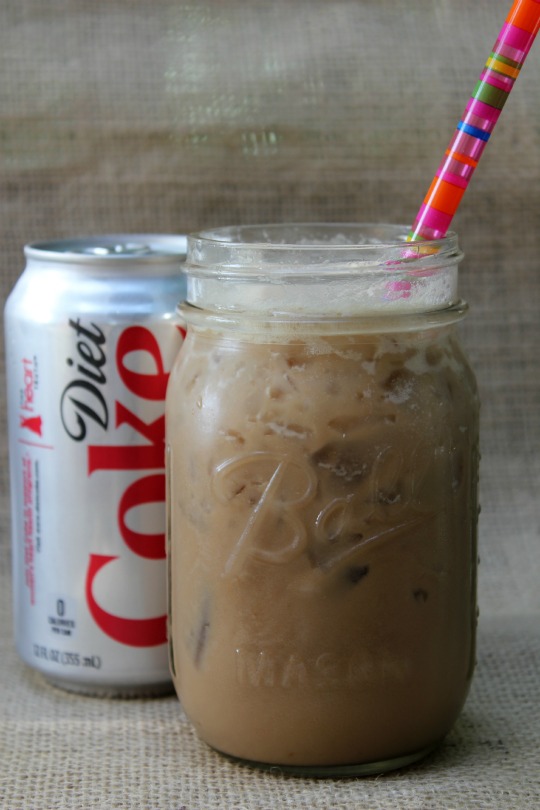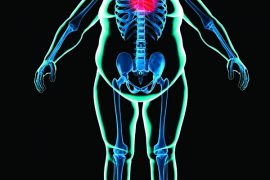Yes, your favorite trainer used to sweeten his coffee with stevia in the morning and when he wanted a fizzy drink, he’d get a Diet Coke. Now I just use milk in my coffee and I drink sparkling water.
Why you ask? Well, in the case of diet soda pop, I have three reasons why you should never ever drink it again.

1. It makes our bodies produce insulin.
Have you ever planned to tell a lie, and completely forgotten to come up with all the extra lies that this one lie would force you to have to tell?
When I told an ex-girlfriend once that I went to the movies with my friend Charles, she asked, “Who is Charles?” I didn’t think that far ahead, and I had nothing to say, so I just said his name twice as if that meant this imaginary person was more real – “You know Charles, Charles.”
Artificial sweeteners are me, and your pancreas is my ex-girlfriend. Insulin, secreted by the pancreas, is how the human body stores sugar. When the taste of artificial sweeteners hits your brain, it automatically sends a signal to your pancreas to begin producing insulin.
Insulin is what tells our cells to either use sugar as food or store it as fat – without it, our bodies can’t process the sugar that lands in our bloodstreams. The lie starts here, when your pancreas produces insulin to deal with anticipated sugar. But then, when no sugar arrives, it confuses your body and disrupts its metabolic process.
This may explain why several studies have shown a link between regularly drinking diet soda and metabolic syndrome, a collection of symptoms that includes larger waist circumference, higher blood pressure, and higher blood sugar. The artificial sweeteners tell the first lie, but has no other information to back it up.
2. It conditions our taste buds for sweetness.
Lays potato chips used to have a slogan, “Bet you can’t eat just one.” I’ve never been one to pass up a challenge, so I would buy the bag to attempt to eat just one chip. My mission was never accomplished.
You probably know or have observed that the more regularly you taste something “bad” (sweetness, saltiness, etc.) the more inured to it you become. This is why people who stop eating sugar or salt suddenly find any foods extremely salty or extremely sweet.
Artificial sweeteners are dramatically sweeter than sugar, and although it may not register that way on your tongue, diet soda is in fact much sweeter than regular soda. All that sweetness accompanied by zero calories confuses your brain as well as your metabolic processes, and tends to leave you craving sugar more than before.
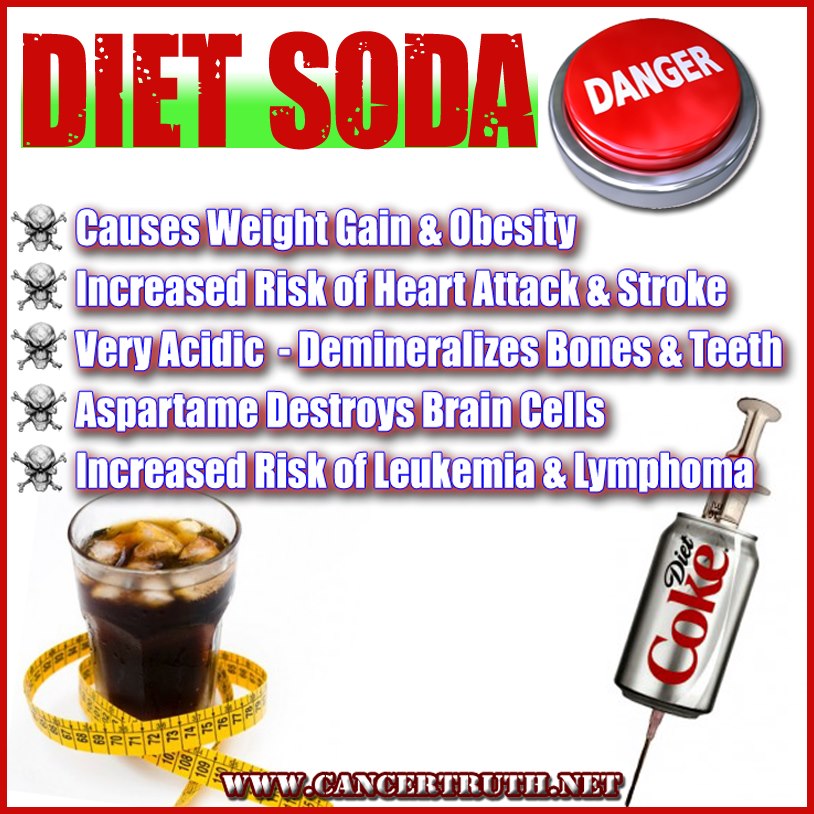
3. It makes you feel entitled to eat more.
My client Beth told me that she had a doughnut, but she also had a diet pop so that it canceled it out. We have an open, honest, and abusive trainer/trainee relationship. The truth is, Beth is kinda right. Counting calories is still the most common method people use to try to lose weight, and it’s the basic principle behind both Weight Watchers and the popular weight-loss app Lose It!
If you’re counting calories, there’s a simple equation: Drinking a regular soda means you have to eat 140 calories less of something else that day or that meal. Drinking a diet soda means you’ve consumed zero calories, so you get a free pass to eat more.
The problem is, the average doughnut is 200 calories, so that is 60 extra calories that a person has justified eating without realizing it. And since drinking the diet soda has fooled your body into expecting sugar, it’s changed the way you metabolize those other calories – you may store more of them as fat and use fewer of them as energy – which could leave you hungry and wanting even more food.

Are you really drinking coffee?
It is said of my big brother Omar Muhammad that he has never added sugar to his coffee. What he does is add coffee to his sugar!
Let’s take a closer look at what you are drinking and determine if it is helping you lose weight or having the opposite effect.
A plain cup of brewed coffee has less than five calories, and no fat. But if you dress up your coffee with extras, whether at home or your favorite coffee shop, you add extra calories.
Let’s look at International Delight French Vanilla Creamer. One serving is considered one tablespoon. An average unmeasured pour equals four times that amount. So, what you think of as 35 calories, 1.5 grams of fat, and six grams of sugar is actually 140 calories, six grams of fat and 24 grams of sugar. Add a second cup, and you’ve already exceeded the maximum recommended daily sugar intake of 40 grams.
Just look at how many calories these extras can add to your coffee:
– Sugar: 16 calories for one teaspoon
– Heavy whip cream: 101 calories for two tablespoons
– Half-and-half: 37 calories for two tablespoons
– Fat-free milk: 10 calories for two tablespoons
Here are the four highest calorie coffee drinks:
1. McDonald’s Frappe Mocha, no whip, large, 22 ounces. 600 calories, 22g fat, 14g saturated fat, 92g carbs, 84g sugar.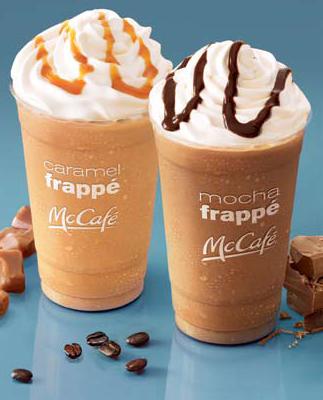
How do you take your coffee: Cream? Sugar? Perhaps a little hair growth gel? Wait, what? We kid you not! Check out the ingredient list for McDonald’s Frappe Mocha and you’ll find polysorbate 80. This is an emulsifier that also has a reputation for topically stimulating hair growth in men who are going bald.
You’ll also find Red 40, Yellow 5 and Blue 1. These are artificial colors that have been linked to hyperactivity in children; but what really gives us brain freeze is why these colors are in the drink at all. After all, it’s brown.
2. Frozen Caramel Coffee Coolatta with Cream, large, 20 ounces, 990 calories, 47g fat, 29g sat fat, 141g carbs, 130g sugar.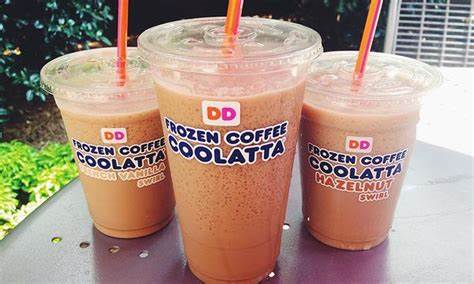
Dunkin’ Donuts markets this caffeinated abomination as “caramelicious.” More like calorie-licious! The frozen drink packs more sugar than you’ll find in 65 of the chain’s sugar-raised munchkins, and a mind-numbing 990 calories.
3. White Hot Chocolate (590 Calories)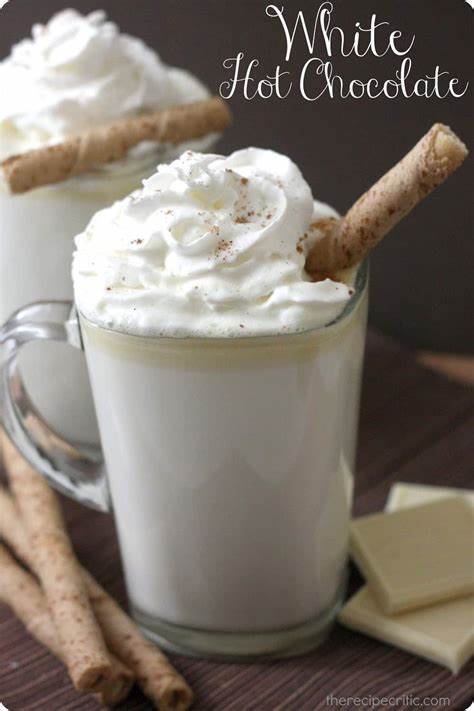
Strangely, one of the highest calorie drinks on this list is also one of the most deceptively simple drinks on the Starbucks menu. At 590 calories, a Venti Starbucks White Hot Chocolate has more calories than some meals. The drink also has 15 grams of saturated fats, or 75 percent of the recommended daily value.
4. White Chocolate Mocha (580 Calories)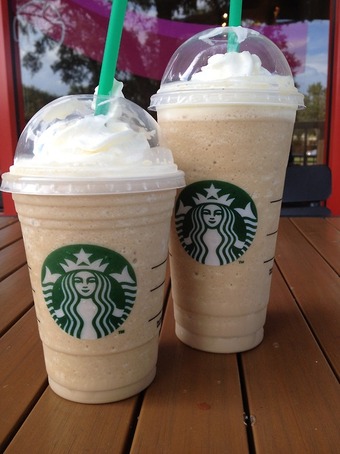
The Venti White Chocolate Mocha (distinctly not the White Chocolate Mocha Frappuccino) has 580 calories in 20 ounces. With 150 mg of caffeine, it has far less than even an eight-ounce Clover Brewed Coffee (the coffee has 180 mg), but it’s better than nothing.
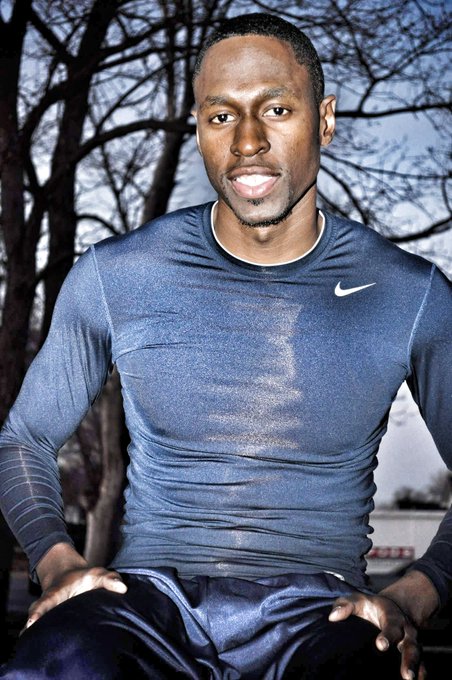
(N’DIGO’s health columnist Siddiqu “The Personal Trainer” Muhammad is a Certified Professional Trainer, motivational speaker, and author of How Are You Fat and Saved?! He is also co-creator of the house music workout class and exercise series titled You Would Think I Invented Sweat. For booking information or more fitness tips, visit www.chicagofit4life.com.)


